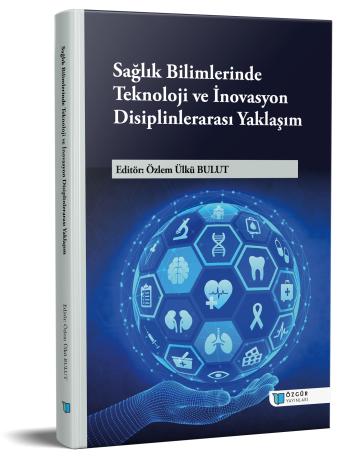
Technological Approaches to Supporting Maternal and Neonatal Safety at Childbirth
Chapter from the book:
Bulut,
Ö.
Ü.
(ed.)
2025.
Technology and Innovation in Health Sciences: An Interdisciplinary Approach.
Synopsis
Patient safety is a fundamental priority in obstetric care. Technologies developed in recent years complement clinical practices and play a decisive role in improving maternal and newborn safety. This section discusses the integration of wearable sensors, sensor-based neonatal monitoring systems, artificial intelligence (AI)-supported decision tools, and mobile/telehealth solutions into the birthing process. Wearable technologies monitor vital signs such as heart rate, blood pressure, and oxygen saturation in real time, enabling early detection of complications. In newborns, temperature, respiration, and heart rate sensors generate early warnings for critical conditions such as hypothermia, apnea, and arrhythmia, enabling rapid and targeted interventions. AI-based models support clinical decisions in areas such as predicting the onset and duration of labor, predicting the mode of delivery, assessing dystocia risk, standardizing the interpretation of Nonstress Tests (NSTs), and individualizing episiotomy decisions. Mobile and telehealth applications, in turn, accelerate data sharing and strengthen continuity of care in resource-limited settings. Findings indicate that these technologies facilitate the transition from intermittent to continuous and proactive monitoring, improve standardization by identifying risks early and reducing delays. Ultimately, the use of digital innovation in clinical practice creates a robust care framework for patient safety at birth and improves maternal and newborn health outcomes.

